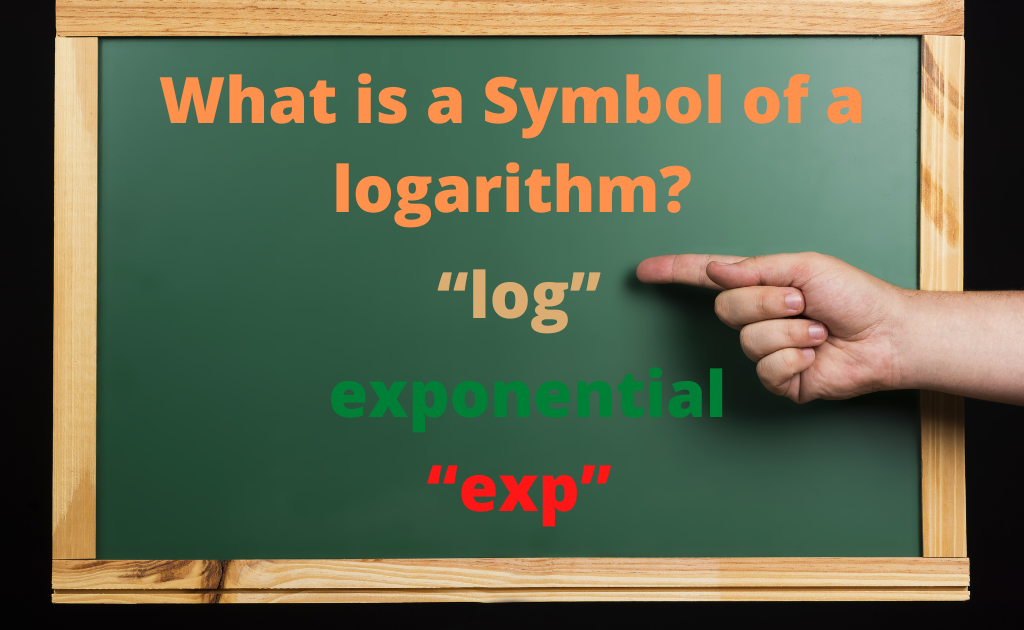Scientific Notation Mean in Math-Scientific Notation Rules
There are many numbers that we use in science and technical work that are either very small or very large. Scientific notation is a form of presenting very large numbers or very small numbers in a simpler form. For example, 100000000 can be written as 108, which is the scientific notation. Here the exponent is positive.
Similarly, 0.0000001 is a very small number that can be denoted as 10-8, where the power is negative. The three main parts of a scientific notation are base, coefficient, and exponent. in this article learn about introduction, scientific notation, rules, and examples.
Scientific Notation Mean in Math
There are many numbers that we use in science and technical work that are either very small or very large. For instance, the distance from the earth to the sun is 150,000,000 km approximately and a hydrogen atom weights 0.000,000,000,000,000,000,000, 001,7gram.
Scientists have developed a concise, precise, and convenient method of writing very small or very large numbers in order to avoid any potential errors that might occur from omitting a zero or writing more zeros than necessary.
This method is known as exponential notation and it is commonly used by scientists and mathematicians when working with extremely large or small numbers. That is called scientific notation of expressing an ordinary number. A number is written in the form ax10n,
Where 1≤ a<10 and n is an integer, is called the scientific notation.
The general representation of scientific notation is:
a × 10b ; 1 ≤ a < 10
Part of Scientific Notation
There are three main parts of a scientific notation.
- Coefficient
- Base
- Exponent
For example:
The scientific notation of 30600 is:
3.06×104
Here,
Coefficient=3.06
Base =10
Exponent=4
Scientific Notation Rules
To determine the exponent of 10, we must follow the rule listed below:
- The base should be always 10
- The exponent must be a non-zero integer which means it can be either negative or positive.
- The absolute value of the coefficient is larger than or equal to 1 but it should be less than 10
- Coefficients can be positive or negative numbers including whole and decimal numbers.
- The mantissa carries the rest of the significant digits of the number
Scientific Notation Example
The examples of scientific notation are given below
- 490000000 = 4.9×108
- 0.0000212 = 2.12 x 10-5
- 150,000,000 = 1.5×108
- 0.000,000,000,000,000,000,000, 001,7=1.7 x 10-24
Observe that for expressing a number in scientific notation
- Place the decimal point after the first non-zero digit of a given number
- We multiply the number obtained in step 1, by 10n if we shifted the decimal point n places to the left.
- We multiply the number obtained in step 1, by 10-n if we shifted the decimal point n places to the right.
- On the Other hand, if we want to change a number from scientific notation to ordinary (Standard), we simply reverse the process. You can try a standard form calculator to write very small or large numbers in scientific notation.
Problem And Solutions
Example 1: write each of the following ordinary numbers in scientific notation.
- 30600
- 0.000058
Solution:
- 30600
30600=3.06×104 (move decimal point four places to the left)
- 0.000058
0.000058=5.8×10-5 (move decimal point five places to the right)
Example 2: change each of the following numbers from scientific notation to ordinary notation.
- 6.35×106
- 7.61×10-4
Solution:
- 6.35×106=6350000 (move the decimal point six places to the right )
- 7.61×10-4=0.000761 (move the decimal point four places to the left)
- Positive and Negative exponent
Positive exponent: When the scientific notation of any large number is expressed, then we use positive exponents for base 10.
For example 30600=3.06×104
Negative exponent: When the scientific notation of any small numbers is expressed, then we use negative exponents for base 10.
For example 0.000058=5.8×10-5

 written by
written by 


Leave a Reply